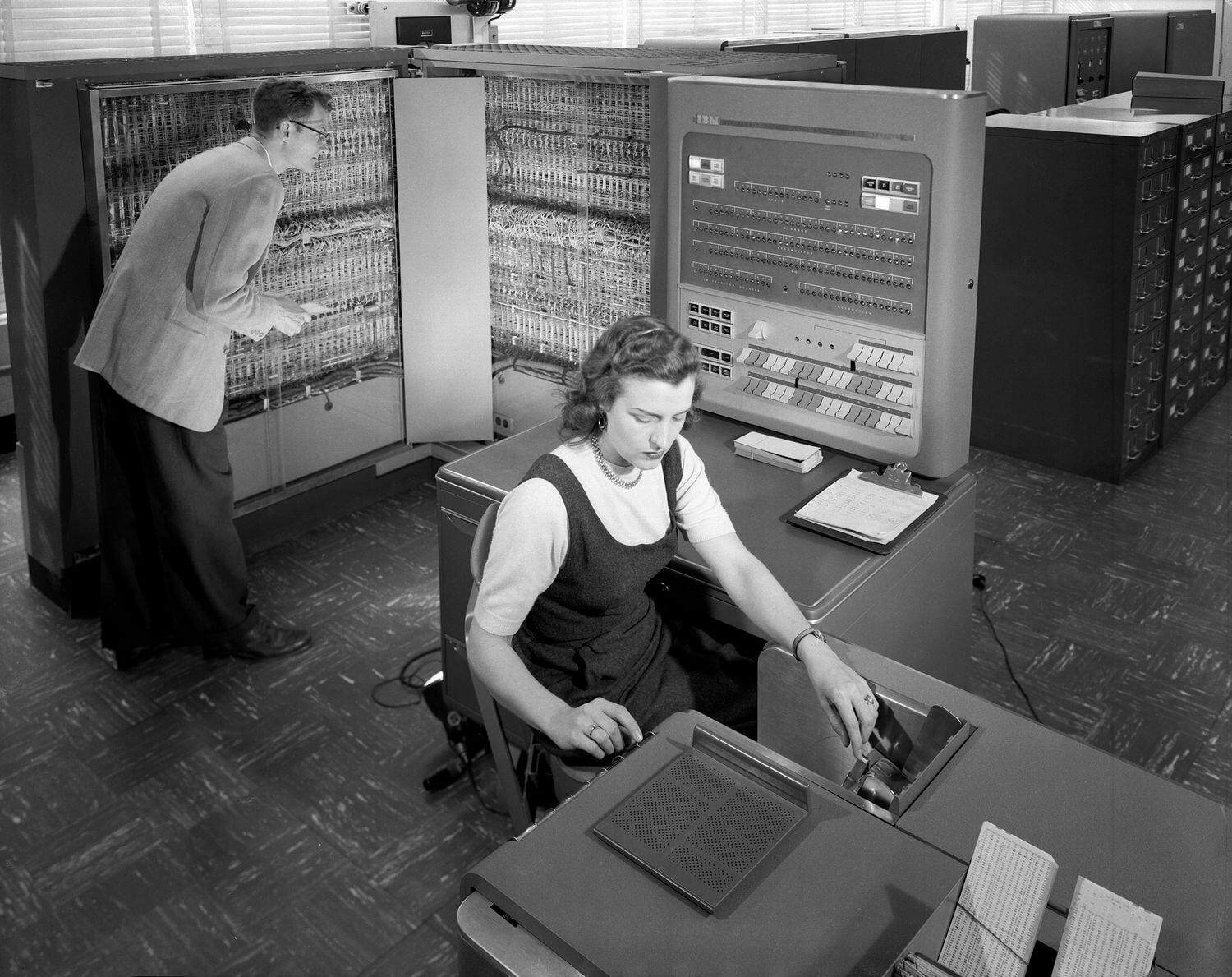type
status
date
slug
summary
tags
category
icon
password
Created time
Aug 1, 2023 06:25 PM
They operate on three levels with different granularity of information. 👻
- Search is used to retrieve coarse level of information a in massive scale
- Recommendation is great at ranking in a small candidate pool
- GenAI is great at presenting human readable contents which should be the final product.
Flow 1: Search → Rec → Gen
high precision, solution can be innovate but still highly related, do not need to come out from a predefined space
Business applications:
- E-Commerce Personalization: In an online retail environment, the combination of these technologies can drastically enhance customer experience. A search engine can index and fetch product information, a recommendation system can suggest products based on user's past shopping history or preferences, and a generative AI can be used to automatically generate personalized product descriptions or marketing content. The AI could even generate personalized sales emails or notifications, increasing the likelihood of engagement and conversion.
- Human Resources and Recruitment: A unified system could be used to streamline the hiring process. A search engine could scan and index resumes, a recommendation system could match candidates with job postings based on the skills required and the skills presented by the candidates, and a generative AI could be used to create personalized messages or interview questions for each candidate, based on their specific background and the job requirements.
- Customer Support: Businesses can use an integrated system to improve customer support. A search engine can retrieve information from a knowledge base, a recommendation system can suggest solutions based on the customer's problem and past solutions for similar problems, and a generative AI can create personalized responses or step-by-step guides to solve the customer's specific issue.
- Financial Services: In the finance sector, such a system could be used for personalized investment advice. A search engine can fetch data about different investment options, a recommendation system can suggest investments based on the user's risk appetite, financial goals, and past investment behavior, and a generative AI could be used to generate personalized financial reports or forecasts.
- News and Media: A media company can use this technology to deliver personalized news experiences. The search engine can scour the internet for news articles, blogs, and updates; the recommendation system can curate content based on the user's reading habits, and generative AI can be used to summarize articles or even generate news briefs.
Flow 2: Gen → Rec → Search
high recall, need grounding, solutions are limited and already existed
- Real-Time Adaptive Systems: Consider a dynamic game environment where the AI continually assesses the player's actions, recommends next steps, and generates new elements in the game in real-time. The flow here is not linear: all the systems (generative AI, recommendation system) may operate simultaneously and influence each other.
- Automated Design Systems: These systems might start with generative AI (to create potential designs), then use a recommendation system to select the most promising ones based on user feedback, and finally use search to find similar successful designs in the past to further refine their creations.
- Interactive Art or Music Installations: These might start with generative AI creating a piece of art or music, then use a recommendation system to adapt the creation based on real-time audience reactions. A search function could also be used to pull in other relevant pieces of art or music to incorporate into the installation.
- Automated Content Moderation Systems: These systems could use generative AI to simulate potential offensive or harmful content, then a recommendation system to predict which types of content are most likely to be problematic, and a search engine to scan through user-generated content and find matches.
- Predictive Maintenance in Industrial IoT: In a predictive maintenance scenario, sensor data from machinery could be analyzed with machine learning (generative AI) to predict potential failures, then a recommendation system can suggest maintenance actions, and a search system can find the most effective methods or previous instances of similar maintenance tasks.
These examples all represent more complex or cyclical interactions between the technologies, rather than the linear search-recommend-generate flow. Depending on the specific application and the data available, different configurations of these technologies can be most effective.
- Author:raygorous👻
- URL:https://raygorous.com/article/seach-recsys-genai-part-1
- Copyright:All articles in this blog, except for special statements, adopt BY-NC-SA agreement. Please indicate the source!
Relate Posts
LLM Open Challenges 3: Do we always need GPUs? (3 min)

LLM Open Challenges 1: How to improve efficiencies of chat interface? (3min read)

🌐 LLM Open Challenges 2: Large Language Models for Non-English Languages: Challenges and Perspectives 🚀 (3min read)

RAVEN: Unleashing the Power of In-Context Learning 🚀 (3min read)

Introducing DoctorGPT: Your Private AI Doctor 🩺💻 (3min read)

Exploring Open-Source AGI Projects: Use Cases and Comparisons (5min read)








